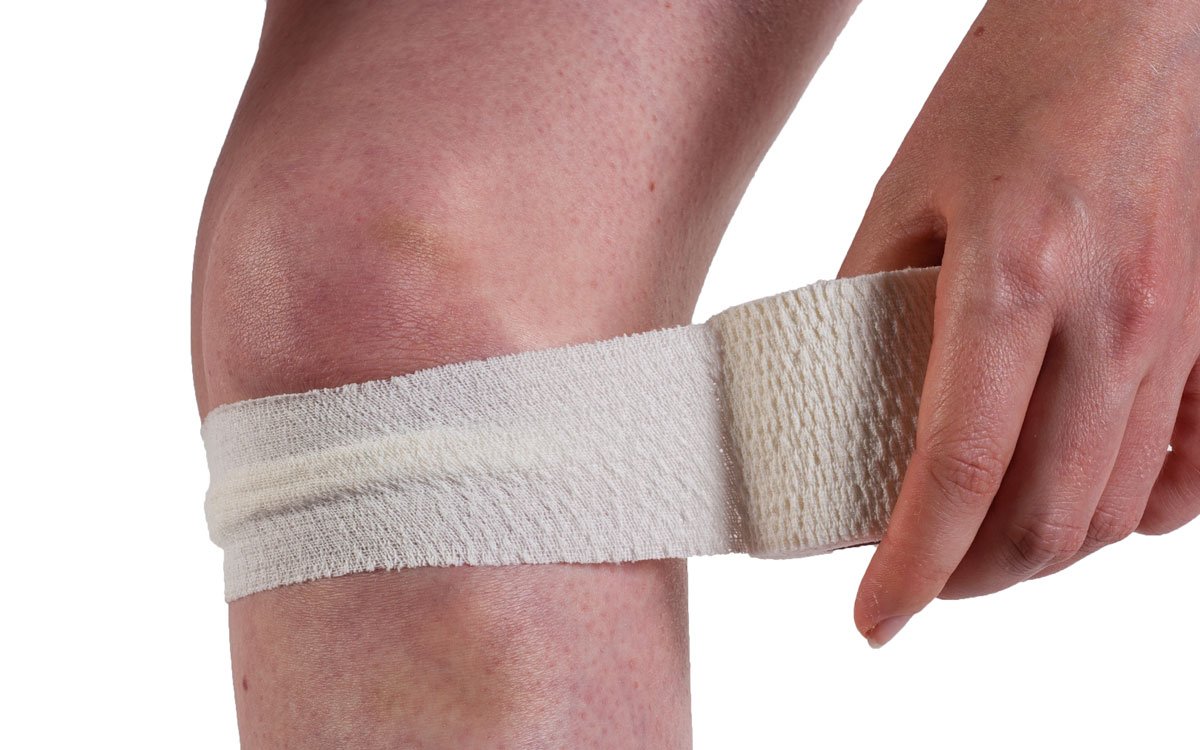Osgood Schlatters Disease (OSD)
Osgood Schlatters Disease - Set in Motion Physiotherapy Frenchs Forest, Macquarie Park
Osgood-Schlatter Disease (OSD) is a common condition that primarily affects adolescents, particularly those who are active in sports. The condition is prevalent in boys more so than girls, aged 10-15. Named after the physicians who first described it in 1903, Dr. Robert Osgood and Dr. Carl Schlatter, this condition primarily manifests as knee pain and swelling just below the knee joint.
Causes of osgood schlatters disease:
Osgood-Schlatter Disease is often associated with the rapid growth spurts experienced during adolescence. The growth plates at the ends of the long bones are more vulnerable to stress and strain during this period. In OSD, repetitive stress or pulling of the patellar tendon, which connects the kneecap to the shinbone, can lead to inflammation and irritation. When this growth plate is irritated is leads to pain.
Symptoms of osgood schlatters disease:
Knee Pain: The most common symptom of OSD is pain just below the kneecap, especially during activities that involve running, jumping, or climbing stairs. The pain often settles within 1-3 days and children can often become pain-free until another flare-up.
Swelling: Swelling may occur at the site where the patellar tendon attaches to the shinbone.
Tenderness: The area may be tender to touch, and there might be a noticeable bony bump.
X-ray Osgood Schlatters Disease - Set in Motion Physiotherapy Frenchs Forest, Macquarie Park
Diagnosis of osgood schlatters disease:
Diagnosing Osgood-Schlatter Disease typically involves a physical examination and a discussion of the patient's medical history.
X-rays may be ordered to rule out other potential causes of knee pain and to assess the severity of the condition.
In some cases, an MRI or ultrasound may be recommended to get a more detailed view of the affected area.
The Physiotherapist will aim to cause pain with loading of the patella tendon
The Physiotherapist will aim to cause pain with stretching of the patella tendon
Taping Osgood Schlatters Disease - Set in Motion Physiotherapy Frenchs Forest, Macquarie Park
Treatment of osgood schlatters disease:
Rest and Activity Modification: One of the primary treatments for OSD is to rest and avoid activities that exacerbate the pain. Modification of activities and reducing high-impact exercises can help alleviate symptoms. For example, it could be possible for athletes to play in competition but avoid training or running around at lunch time.
Ice and Anti-Inflammatory Medications: Applying ice to the affected area and taking nonsteroidal anti-inflammatory drugs (NSAIDs) can help reduce pain and inflammation.
Physiotherapy: Specific exercises to strengthen the muscles that may be weak and causing over-load of the knee. In addition some exercises may elicit a pain analgesic affect on the tendon.
Patellar Straps, braces and taping: These have mixed evidence, however in some indiviudals it can help alleviate stress on the patellar tendon and reduce pain during physical activities.
Avoid excessive stretching: This causes further pulling of the growth plate and will only cause further irritation.
Avoid powerful activities: Jumping, sprinting, kicking and sudden deceleration.
Summary:
Osgood-Schlatter Disease, while common among adolescents, can be effectively managed with the right combination of rest, rehabilitation, and preventive measures. If you or someone you know is experiencing knee pain, especially during growth spurts, it is essential to consult with a healthcare professional for an accurate diagnosis and appropriate management plan.



